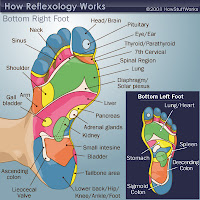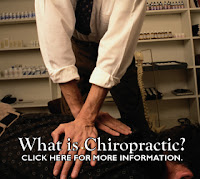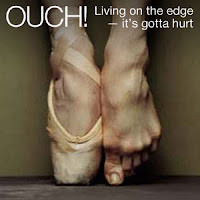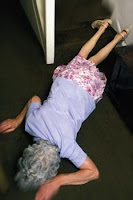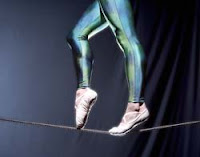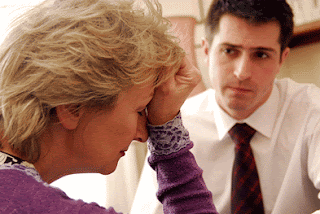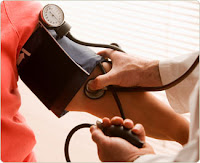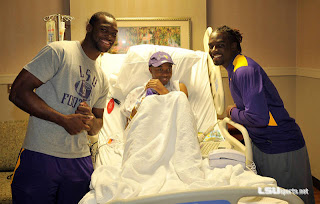 Anybody who has ever been under my care knows the importance I place on the feet. As our foundation, the feet are directly connected to low back stability. When foot dysfunction is present it can lead to low back pain, sciatica and even herniated disks. But foot dysfunction is not only related to low back issues, it can also cause conditions of the ankles, knees and hips.
Anybody who has ever been under my care knows the importance I place on the feet. As our foundation, the feet are directly connected to low back stability. When foot dysfunction is present it can lead to low back pain, sciatica and even herniated disks. But foot dysfunction is not only related to low back issues, it can also cause conditions of the ankles, knees and hips.
It’s probably no surprise, then, that I recommend custom orthotics for anyone suffering from a foot dysfunction. But when it comes to caring for the feet, there is much more than simply adding orthotic support. Like all musculoskeletal regions, the feet benefit enormously from a good bit of rubbing and kneading from massage.
There is a theory that toxins build in the body, and can be carried through the circulation to the feet, thus making it important to periodically get one’s feet massaged. By massaging the feet, the theory goes, built-up crystal deposits can be taken up by the veins, and removed through the kidneys. As a result, organs corresponding to the massage or pressure points get a ‘reflex’ stimulation and, in turn, heal the body of various ailments.
 Now whether this theory is true or not is debatable, but at the very least foot massage must accomplish what all myofascial release does: it enhances circulation, breaks up muscular adhesions, and frees up joints and muscles to allow greater movement, balance and stability. But most satisfyingly, foot massage feels good, so it relaxes us and allows us to unwind.
Now whether this theory is true or not is debatable, but at the very least foot massage must accomplish what all myofascial release does: it enhances circulation, breaks up muscular adhesions, and frees up joints and muscles to allow greater movement, balance and stability. But most satisfyingly, foot massage feels good, so it relaxes us and allows us to unwind.
I am such a believer in this type of bodywork, that I am now on a quest to find the best foot massages and techniques from around the world. I am currently receiving foot massage from the Oasis Relax Spa in West Hollywood. On a five point scale I would rate them a three.
Some pluses are:
- hour-long foot massage
- includes neck, back, face and scalp massage
- great price ($25)
- nice, clean and quiet facility
- lots of parking
- open daily and long hours: 10am-10pm
Some minuses are:
- foot massage portion not as long as I’d like, but therapist skill can make difference here
- English not first language hampers communication–sometimes problematic during instruction (on positioning, and so forth)
- some variation in therapist skills (I’ve got my favorites and I’m not telling you–find your own!)
- Don’t always have small bills for change–bring singles, or tip in $5’s and $10’s
I would like to ask all my readers to please tell me where you get your feet massaged, and it can be anywhere in the world. I want to know the best places for foot health including reflexology practices, and even pedicurists, if they do foot massage. Please leave your comments below, and tell me why you like your favorite foot massage place. Let us all help each other to find the best foot massages worldwide, so we can be certain that no matter where we are, we can take care of our feet when the need arises.
